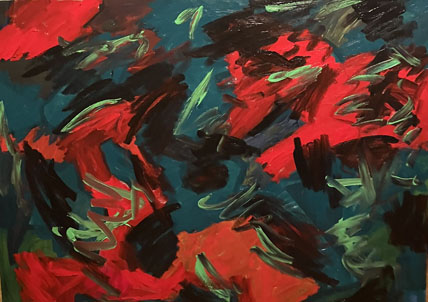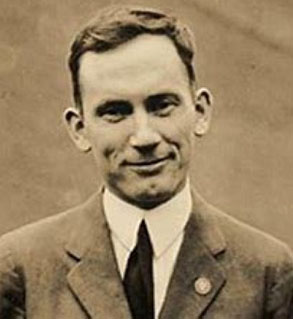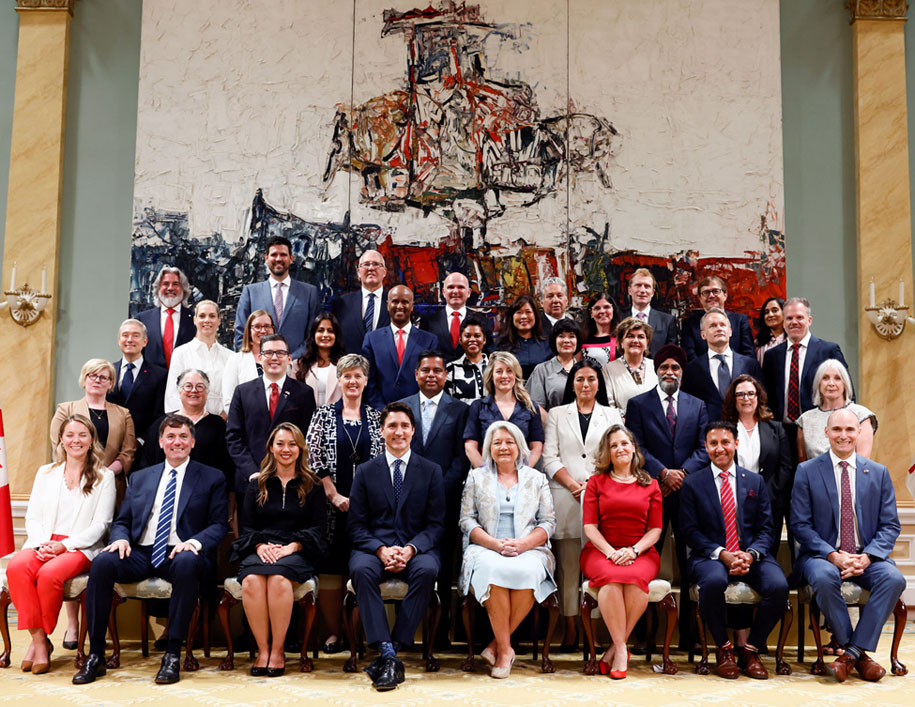Understanding the Conservative double-digit lead in Canadian opinion polls
Jan 16th, 2024 | By Randall White | Category: In BriefRANDALL WHITE, FERNWOOD PARK, TORONTO. TUESDAY, JANUARY 16, 2024. The day before yesterday polling guru Philippe J. Fournier @338Canada urged that in the world of Canadian federal politics : “For those counting, this is the 6th consecutive month the Conservatives have been leading the Liberals by double-digits … That’s a stretch longer than Sheer’s lead post-SNC in 2019 or O’Toole’s brief lead in 2021.”
Like many others, I do want to understand all this. And for starters I also think that the double-digit lead between the first and second place parties in opinion polls (to say nothing of the inevitably speculative seat projections for six federal parties) can be more than a little misleading, in trying to understand the political real world.
The 338Canada numbers most relevant to the real world
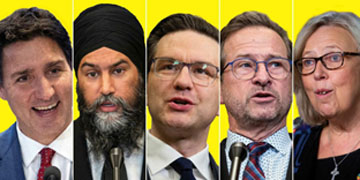
The Trudeau Liberals and Singh New Democrats, that is to say, are co-operating on a quite flexible but still written agreement, intended to fund and win confidence votes for the Trudeau government, more or less until the next “fixed-date” election in the early fall of 2025.
Similarly, as of M. Fournier’s latest January 14, 2024 update of his 338Canada polling averages, the Liberals and New Democrats together have 45% of the cross-Canada popular vote, compared to the Conservatives 40%. Moreover if you add the Green Party to the LIB-NDP numbers there is a cross-Canada progressive vote of 50%.
And then if you add, say, just half the Bloc Québécois vote to the progressive governing side of the elected parliament, the governing group has more than 53% of the cross-Canada popular vote. It is supported by a democratic majority in the country. And this is the real world in Ottawa today. Justin Trudeau remains prime minister and his government, supported (as well as still criticized) by Jagmeet Singh’s New Democrats, continues to rule the roost.
Pierre Poilievre in some of his TV commercials lately sometimes seems to believe that his party’s status in the opinion polls entitles him to talk about his “Conservative government.” But not even six consecutive months of Conservatives leading Liberals by double-digits in opinion polls of a few thousand voters can create a government under our Canadian constitution. For that you need the free and democratic vote of the people in a general election. And as matters stand, we still live with the results of the last Canadian federal election in September 2021.
But are Canadians also still putting “the wrong party in power at the extremes of the business cycle” (or would be if an election were called today??)
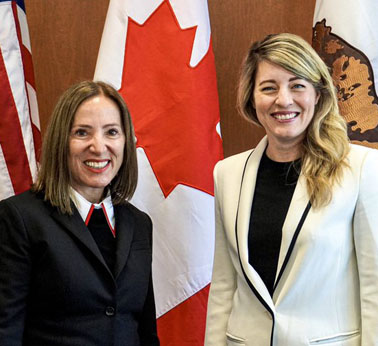
All this having been said, like others again I remain impressed in some ways by the undeniably strong Conservative showing in Canadian federal opinion polls for some time now. (See eg 338Canada’s list of polls back to June 2023.) And here I finally seem driven to a characterization of Canadian electoral behaviour first voiced in the first half of the 1930s — a good 90 years ago. (Driven for the moment, at any rate.)
For key current statistical background see two more recent polls. (1) December 2022 Leger survey of Canadians. It found “81 per cent are worried about the possibility of a recession [in 2023] — and more than half are actively preparing for one.” (2) December 2023 Pollara poll. It found “82 per cent of respondents nationwide said they believe Canada is in a recession.” And : “Nearly half (46 per cent) also said they expect to fall behind financially in 2024.”
In plain English Canadians generally have for a while now felt that the Canadian economy is at the recession/depression end of the business cycle, rather than the growth/prosperity end. And this brings to mind a quotation from “Canada’s first and perhaps only genuine intellectual” Harold Innis — chair of the old department of political economy at the University of Toronto 1937–1952, and first Canadian president of the American Economic Association, 1952.
In a paper on “Government Ownership and the Canadian Scene,” first published during the Great Depression in 1933, Innis wrote : “We tend to put the Liberal party in power for periods of prosperity, and the Conservative party for periods of depression, and thereby to put the wrong party in power at the extremes of the business cycle.”
Innis, some might say, was unduly influenced by the 1930 Canadian federal election when R. B. Bennett’s Conservatives defeated W. L. Mackenzie King’s Liberals just as the Great Depression was getting underway. But something of the sort Innis points to is arguably still at work some 90 years later — as very strange as that may seem in the 21st century.
As the idea that Canada was or was likely to be in a recession set in during 2023 (see 81% and 82% above eg), at least perhaps unusually interested samples of today’s Canadian voters — following a trend they have somehow absorbed from the deeper past — began to tilt towards the Conservatives in opinion polls. Happily, for Innis’s almost instinctive grasp of the economics of John Maynard Keynes, there still is no Canadian election in the immediate future to actually “put the wrong party in power at the extremes of the business cycle” in 2024. (I think right now, in any case.)
Much could of course be said against all this (and no doubt in various senses even should be). At least in my advancing age, however, when I try to understand why Conservative support is up in Canadian federal opinion polls in 2023 and so far in 2024 too I have (to repeat) finally recalled this footnote from Harold Innis in the 1930s Great Depression :
“We tend to put the Liberal party in power for periods of prosperity, and the Conservative party for periods of depression, and thereby to put the wrong party in power at the extremes of the business cycle.” And to me this still makes a lot of sense … even in early 2024 … (except of course again, there is [happily, as yet] no actual election in the political real world).
